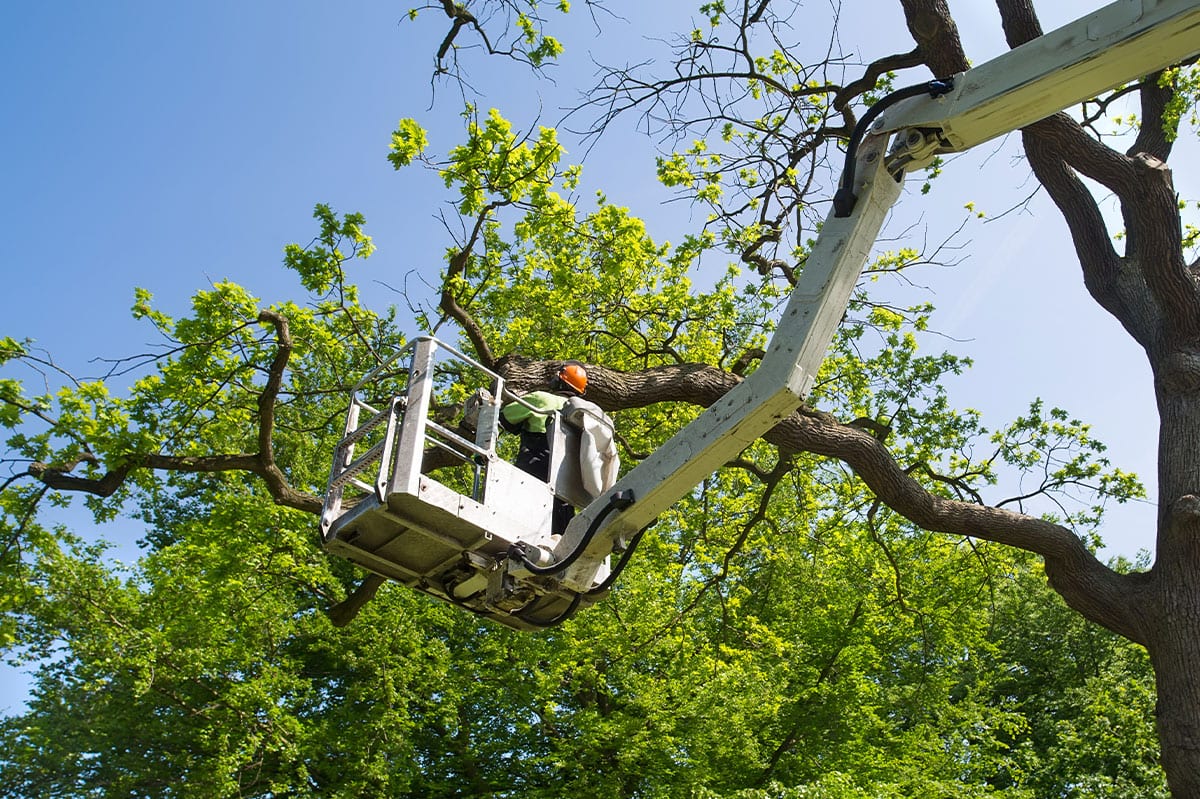Introduction:
Tree trimming is a crucial aspect of arboriculture, contributing to the overall health, aesthetics, and safety of trees. Understanding the principles and techniques of proper tree trimming is essential for both novice gardeners and seasoned arborists alike.
1. **Timing Matters:**
Trimming should ideally be done during the dormant season, typically late fall to early spring. This minimizes stress on the tree and reduces the risk of diseases.
2. **Identifying the Right Branches:**
Focus on removing dead, diseased, or crossing branches. This not only enhances the tree’s appearance but also promotes overall health by preventing the spread of pests and diseases.
3. **Pruning Techniques:**
Utilize proper pruning techniques to make clean cuts just outside the branch collar, avoiding leaving stubs. This helps the tree heal efficiently and reduces the risk of infections.
4. **Consider Tree Type:**
Different species require unique trimming approaches. Some trees benefit from a more open canopy, while others thrive with denser foliage. Understanding the specific needs of each tree type is crucial.
5. **Maintaining Tree Shape:**
Respect the natural shape of the tree while trimming. Strive for a balanced appearance, keeping in mind the tree’s growth patterns. Avoid excessive pruning, as it can stress the tree and lead to issues.
6. **Tools of the Trade:**
Use sharp and clean pruning tools to ensure precise cuts. Regularly sharpen blades and sanitize tools to prevent the spread of diseases between trees.
7. **Safety First:**
Prioritize safety during tree trimming. Use appropriate safety gear, work with a partner if needed, and be cautious of overhead power lines. For extensive or challenging tasks, consider consulting a professional arborist.
8. **Mulching and Aftercare:**
After trimming, consider mulching around the base of the tree. Mulch helps retain moisture, suppress weeds, and insulate the soil. Adequate watering and fertilization can further support the tree’s recovery.
9. **Consulting Professionals:**
When in doubt or dealing with large or mature trees, it’s advisable to seek guidance from certified arborists. Their expertise ensures proper trimming without compromising the tree’s health.
Conclusion:
Proper tree trimming is a delicate balance between art and science, requiring knowledge of tree biology, careful observation, and skillful execution. By following these guidelines, one can contribute to the longevity and vitality of trees while enhancing the beauty of the surrounding landscape.

